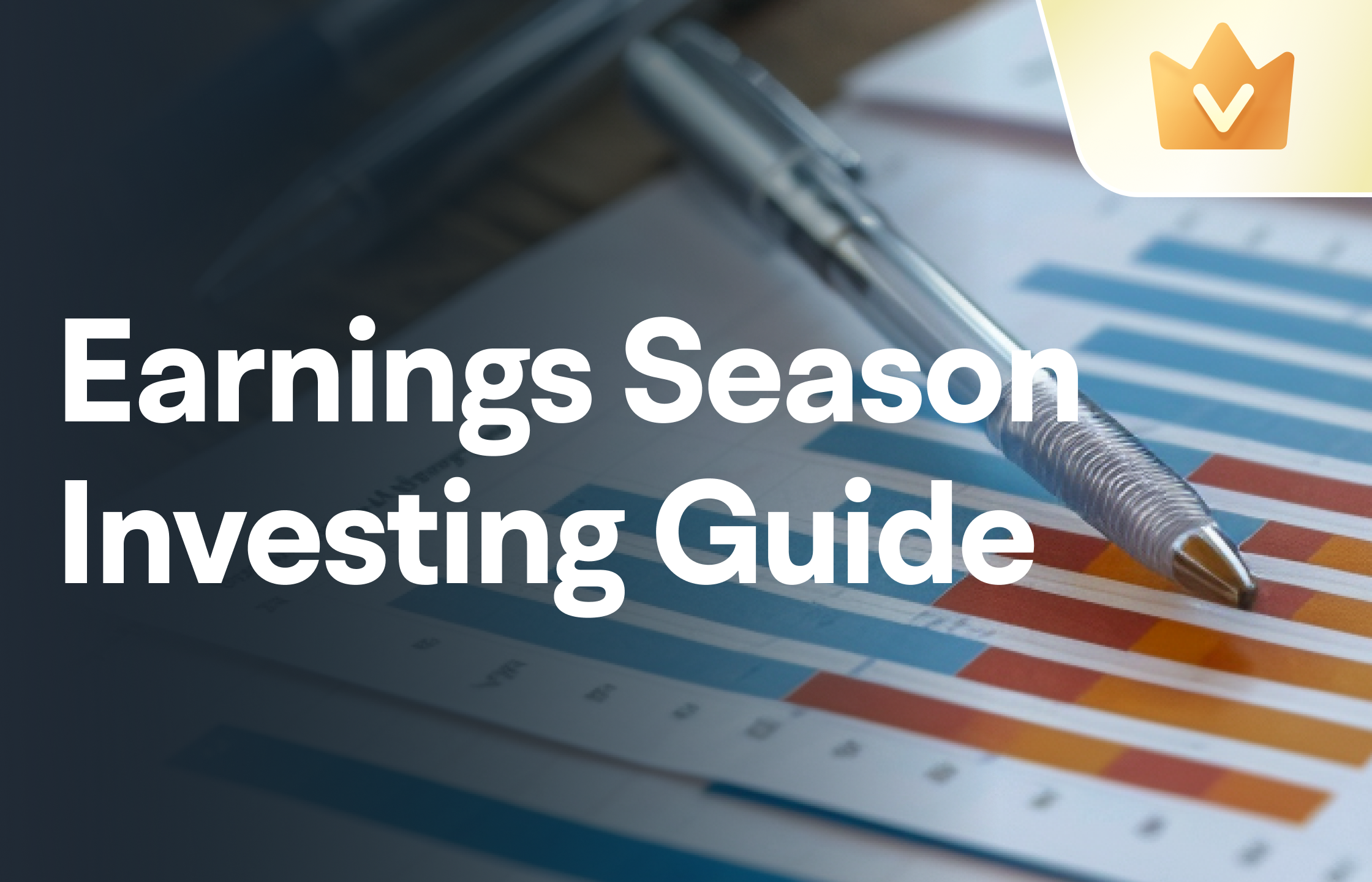Source: Jin10 Data
Author: Yang Large Cap
Some analysts predict that 4.25%-4.5% will be a reasonable range for the 10-year US Treasury bond yield. If it rises to 5%, it will be time to consider increasing positions.
The usa bond market has finally shown signs of stabilization after experiencing two months of sell-offs, with investors actively entering the market as us treasury yields test new highs.
 Since mid-September, Trump's victory, persistent high inflation, and continuously strong economic data have driven the 10-year us treasury yield to rise significantly, while the market has yet to reach a clear consensus on its future trend.
Since mid-September, Trump's victory, persistent high inflation, and continuously strong economic data have driven the 10-year us treasury yield to rise significantly, while the market has yet to reach a clear consensus on its future trend.
After breaking 4.5% on November 15, us treasury yields quickly reversed in a wave of massive buying, and have not surpassed that level since. The 10-year treasury yield closed last week at 4.4%, and further declined to around 4.36% on Monday morning as traders reacted to Trump's treasury secretary nominee.
The fund managers at the pacific investment management company (Pimco) stated that a us treasury yield above 4% is itself very attractive. However, as the federal government's debt is currently generally inversely related to stock price trends, it has also begun to play its traditional role as a hedge against stock market declines.
Pimco's Erin Browne stated in an interview that us treasuries are a "low volatility, high roi asset," and added that if the 10-year us treasury yield rises to 5%, she would "consider increasing her shareholding very actively."
In the past two months, the us treasury market has experienced another round of severe volatility, which is contrary to expectations that the bond market would rebound after the federal reserve began to cut rates. Instead, since the federal reserve's first rate cut in September, us treasury yields have continued to rise due to strong economic indicators and Trump's victory prompting traders to reassess the scale of rate cuts.
Last Friday, Trump nominated Bessenet of the macro hedge fund Key Square Group as the next usa treasury secretary, who is viewed by some on Wall Street as a "fiscal hawk" and is expected to play a key role in overseeing the government's massive debt issuance.
Besant has questioned the Biden administration's management of federal debt and criticized the Federal Reserve's significant rate cut in September. Strategists welcomed his market experience and previous remarks on controlling spending.
Subadra Rajappa, head of the USA interest rate strategy at Industrial Bank, stated: "I believe investors do not have strong confidence in a significant rise in yields, but at the same time, there are factors that hinder a major rebound. Investors are taking a cautious approach and have not taken any positions."
Rajappa indicated that given the uncertainty surrounding the tariffs and fiscal stimulus plans from the Trump administration, "the market is more in a wait-and-see mode to understand the dynamics."
Felipe Villarroel, a portfolio manager at TwentyFour Asset Management, believes the fair value of the 10-year U.S. Treasury yield is between 4.25% and 4.5%, but he added, "Considering that recent inflation has not worsened significantly," and that investors are unsure whether Trump's policies will drive up prices, "volatility will continue."
Although swap traders believe the Fed's probability of a rate cut at next month's meeting is slightly below 50%, they anticipate that the central bank will lower rates by a total of about 66 basis points by December 2025.
However, some strategists indicated that if Trump significantly reduces taxes and raises tariffs, there is still room for the 10-year U.S. Treasury yield to rise, possibly reaching 5%. Related trades in bond options show that investors are hedging against the risk of rising U.S. Treasury yields, so additional upside potential has not completely disappeared.
This week, traders will gain new insights, as the Federal Reserve will announce its preferred inflation indicator, the PCE price index, on Wednesday. Due to the report's release date being the day before the Thanksgiving holiday (Thursday) when the market will be closed, and the market will close early the following day. If the data far exceeds market expectations, the thin trading volume could lead to significant price fluctuations.
Editor/Jeffy

 自9月中旬以来,特朗普胜选、顽固的高通胀以及持续强劲的经济数据,推动10年期美债收益率大幅上涨,
自9月中旬以来,特朗普胜选、顽固的高通胀以及持续强劲的经济数据,推动10年期美债收益率大幅上涨,